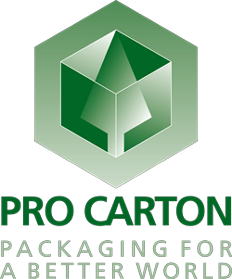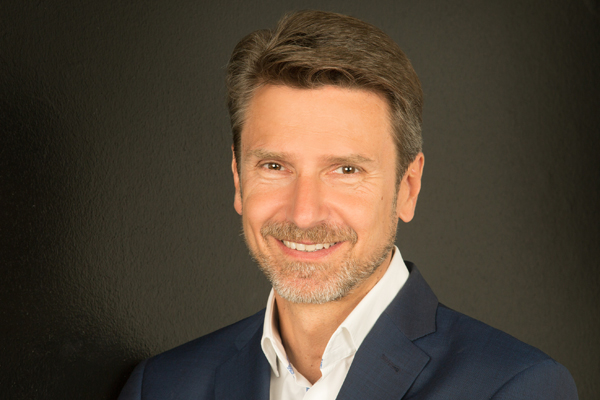Nine questions to Horst Bittermann, President of Pro Carton
1 July 2019
- What do you expect for the cartonboard and carton industry in the coming year and beyond?
- What influence will recent and upcoming political changes have on the industry and your sector?
- What are the biggest challenges facing the cartonboard and carton industry today?
- Is the entire supply chain affected?
- What are your feelings about the latest horror stories on plastic waste in the oceans?
- Is demand by brand owners and the retail trade increasing?
- How important is innovation in the carton industry?
- What are the most important projects of Pro Carton?
- What about the future of cartonboard packaging??




